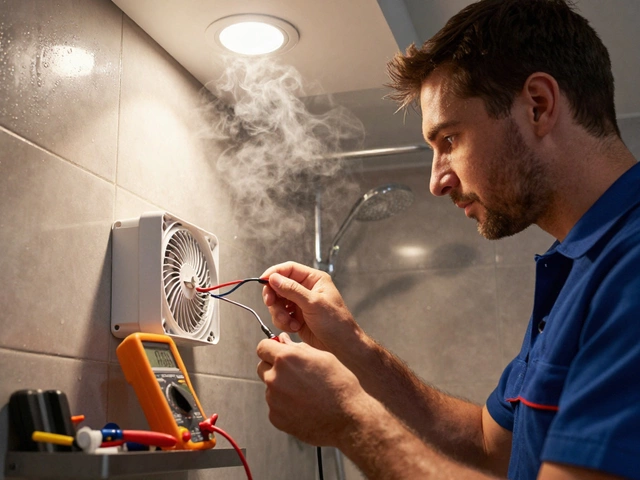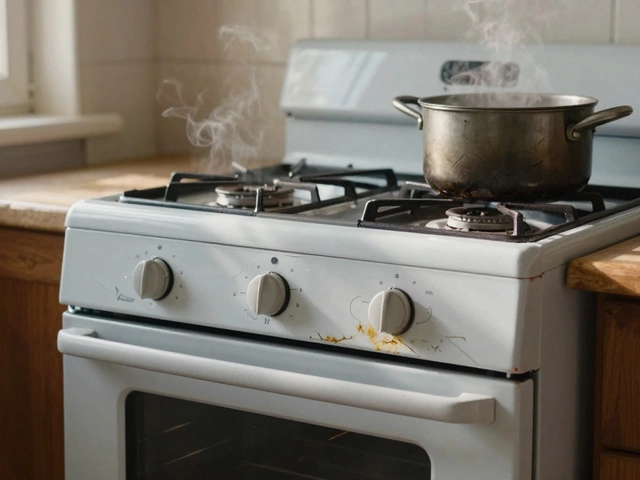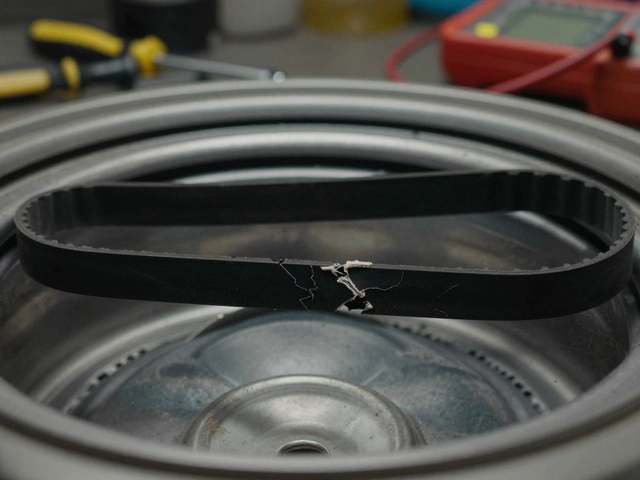DIY Fan Install: Quick Guide to Mount Your Own Fan
Got a new fan and want to save the call‑out fee? You can fit most ceiling or extractor fans in an hour with a few tools and a bit of care. This guide walks you through the whole process, from checking the spot to wiring the unit, so you feel confident and safe.
Tools and Safety First
Before you start, gather these basics: a drill with appropriate bits, screwdriver set, wire strippers, voltage tester, a sturdy ladder, and the fan’s mounting kit. If the fan is electric, turn off the circuit at the breaker – a quick test with the voltage tester will confirm there’s no live current. Wear safety glasses and keep the work area tidy; loose wires and tools on a ladder are a recipe for trouble.
Check the ceiling or wall for a sturdy joist or support beam. If you’re installing an extractor fan in the bathroom, make sure the vent leads outside – a short duct run works best and keeps moisture from building up inside the house.
Step‑by‑Step Installation
1. Mark the mounting point. Hold the fan’s mounting bracket against the ceiling and mark the screw holes. Double‑check the level so the fan sits straight.
2. Drill pilot holes. Use a drill bit slightly smaller than the screws you’ll use. This makes it easier to drive the screws and prevents the wood from splitting.
3. Attach the bracket. Secure the bracket with the supplied screws. Tighten until the bracket feels solid but don’t over‑tighten – the wood could crack.
4. Run the wiring. Pull the electrical cable through the hole in the bracket. Strip about ½ inch of insulation from each wire. You’ll have a live (brown), neutral (blue), and earth (green/yellow) wire.
5. Connect the fan. Match the fan’s wires to the house wires: live to live, neutral to neutral, earth to earth. Use a screwdriver to tighten the terminal screws. Give each connection a gentle tug to be sure it’s secure.
6. Hang the fan motor. Most fans have a hook or a hanging bracket on the motor housing. Lift the motor and rest it on the mounted bracket. Some models snap into place; others need a few screws.
7. Secure the housing. Put the fan’s cover or blades on and tighten any remaining screws. Make sure nothing is loose – a wobbling fan can damage the ceiling.
8. Test it. Turn the breaker back on and switch on the fan. Listen for any humming or rattling. If everything runs smoothly, you’re done.
If the fan doesn’t spin or you smell something burnt, turn the breaker off immediately and double‑check the wiring. A loose connection is the most common issue.
When in doubt, or if you hit a cement ceiling, a cramped attic, or a complex wiring setup, it’s wise to call a professional. Hinckley Home Appliance Repair Services can handle tricky installs and give you peace of mind.
With the right tools, a clear plan, and a bit of patience, you can install a fan yourself and enjoy the fresh airflow without waiting for an appointment. Happy DIY!
27 March 2025
·
0 Comments
Extractor fans play a crucial role in maintaining air quality in kitchens and bathrooms. While some might consider replacing an extractor fan themselves, it's essential to weigh the complexity and safety concerns. Understanding the electrical skills needed, as well as when professional help is necessary, can save time and prevent potential mishaps. Whether it's dealing with wiring or ensuring proper ventilation, knowing when to call an expert could be a wise choice.
Read more






